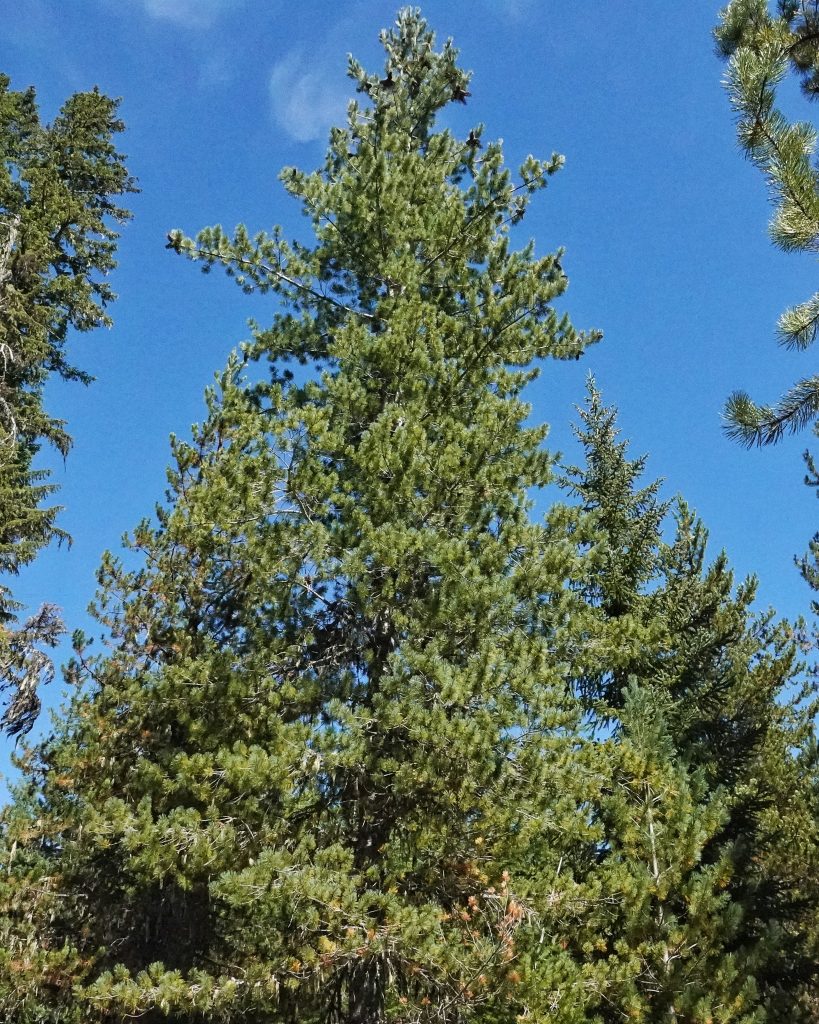
Next up on our tour of the conifers is Pinus monticola, the first of the five needled pines I’ve found. And probably the last pine I’ll do for awhile, because the other pines in our region are more localized and thus require a certain amount of luck to find them, or grow places that require more extensive travel. But I do, now, have a goal to try to find all of the 30+ species of conifers that are native to the PNW, and, when gas prices (hopefully) come down, I plan to travel to southern and eastern Oregon, as well as into the subalpine Cascades in Washington, to try to find the ones missing from my list.
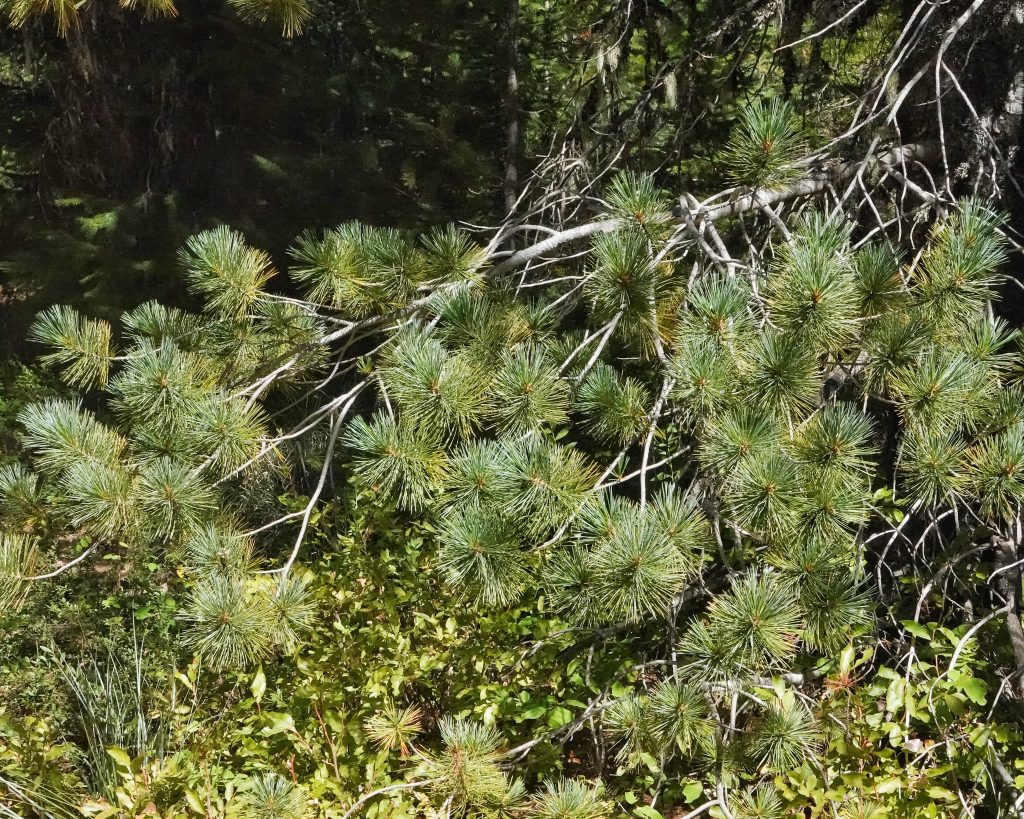
Before I go on I need to plug the Gymnosperm Database. I just found this while researching Western White Pines (I don’t know how I missed it when I profiled Lodgepole and Ponderosa pines, although I have now retroactively added a link to it in those posts), and it is far more complete (except for information regarding wildlife use of these trees, an odd lack that is common to almost every botanical entity and botanical site I have found) and authoritative than anything I can say without blatant plagiarism. I highly recommend that anyone with further interest in Western White Pines, or conifers in general for that matter, peruse their site.
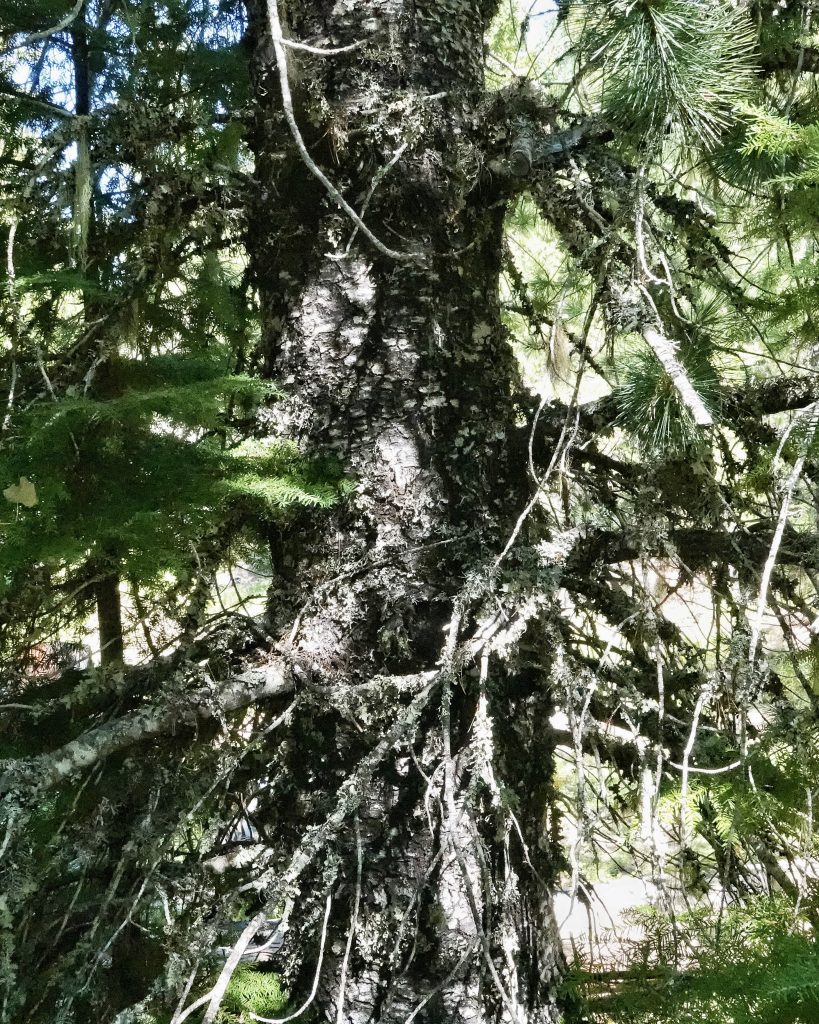
The Western White Pine, with 5 fairly long and soft needles per fascicle, is easy to differentiate from all of the other pines in our region, except for Sugar Pine (P. lambertiana). The thing to look for in areas where their ranges overlap (Sugar Pines are not found north of the 45th Parallel) is that Western White Pine only have stomatal bloom (stomata are tiny holes in the epidermis of a plant that are involved with gas exchanges, and very fine white powder tends to form around them) on the ventral two of the three sides of the needles, while Sugar Pines have stomatal bloom on all three sides. And the unblemished green of the dorsal needle surface of Western White Pines is clearly visible to the naked eye. Also, the needles on Western White Pines are minutely serrate (visible with a hand lens but more noticeable to sensitive fingers), while those of Sugar Pines are smooth. On more mature trees where it’s hard to reach a needled branch, one might need to pick through the leaf litter at the base of the tree, but there always seems to be an abundance of needles underneath a pine tree.
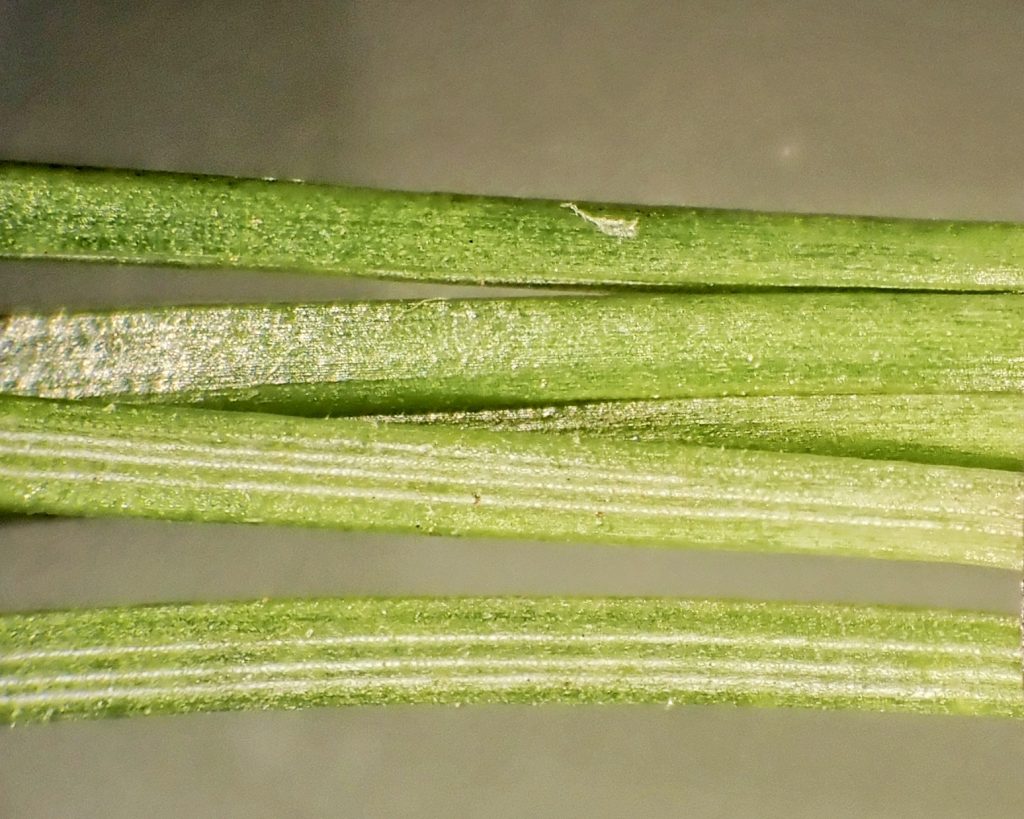
My first clue that I was in the presence of an unknown-to-me conifer was an abundance of very large cones on the ground, and in most of its range this alone can alert one that they are in the company of Pinus monticola. Their cones are not serotinus, and their thin bark doesn’t offer much protection from fire. However, their prolific cone production ensures that there are always large numbers of seeds on the forest floor, and any of them that are protected from the heat of a blaze will soon sprout in the aftermath.
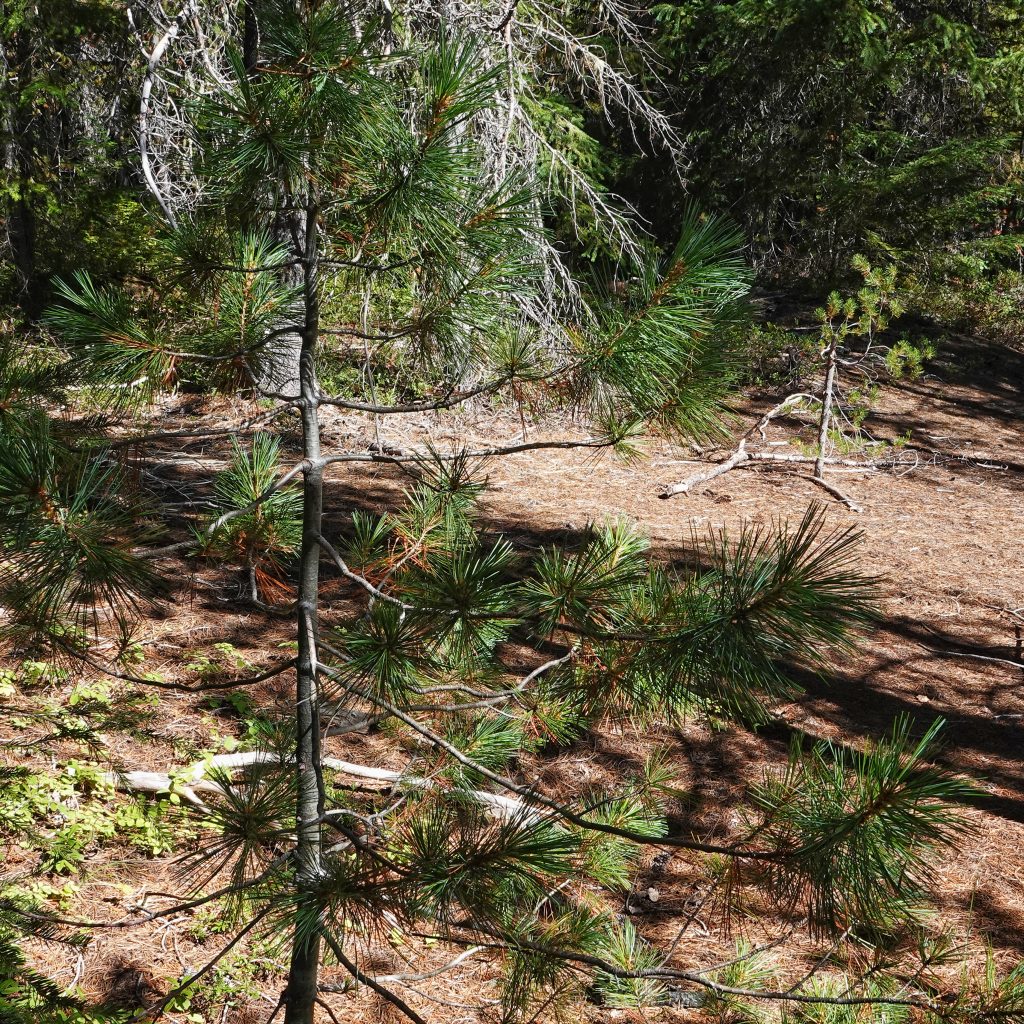
Western White Pines are harvested commercially, especially in n Idaho where there are larger than average trees. Because of its straight grain it was used extensively for matchsticks, and at its peak that industry consumed 300,00 trees per year. As with many other members of the pine family, the pitch could be chewed as a gum, and was used medicinally to treat wounds and skin ailments, respiratory ailments, and stomach problems, and as a temporary adhesive. The inner bark and seeds were sometimes used as food, and the bark was used to treat tuberculosis. The wood was sometimes used for totems and light canoes. For a more complete list check out the Native American Ethnobotany Database.
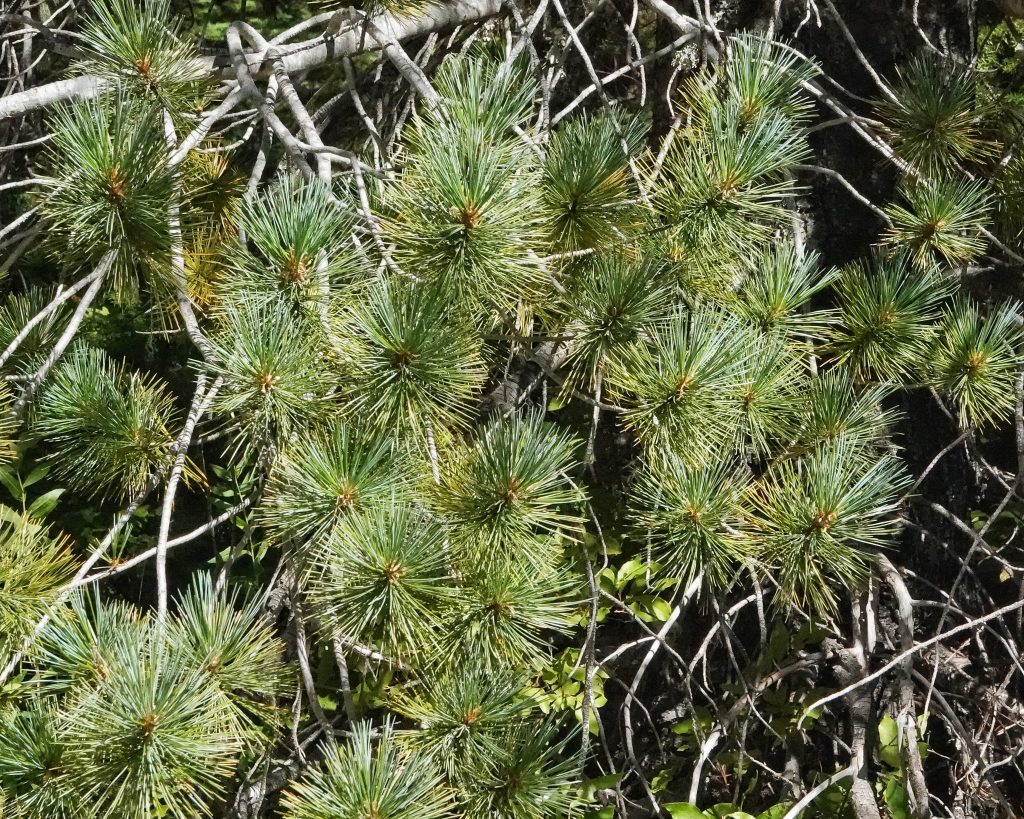
Description-Large (up to 180’ tall and 4’ in diameter) relatively straight trunked pine with 5 needles per fascicle and large (4-12”) cones; needles are 2-4” long, soft and flexible, with stomatal bloom only on the ventral sides, and they persist for 3-4 years, giving the branch tips a moderately tufted appearance; cones with thin scales, open to release seed; bark thin (1-1.5”), dark grey to purplish grey, with resin blisters on young trees, and broken into rectangular blocks on older trees.
Similar species–Pinus lambertiana (Sugar Pines) have stomatal bloom on both sides of needles, and aren’t found north of the 45th Parallel; P. albicaulis and P. flexilis have short (1.5-3”), stiff needles, stomatal bloom on all surfaces, and smaller cones; other pines in our region have 2 or 3 needles per fascicle.
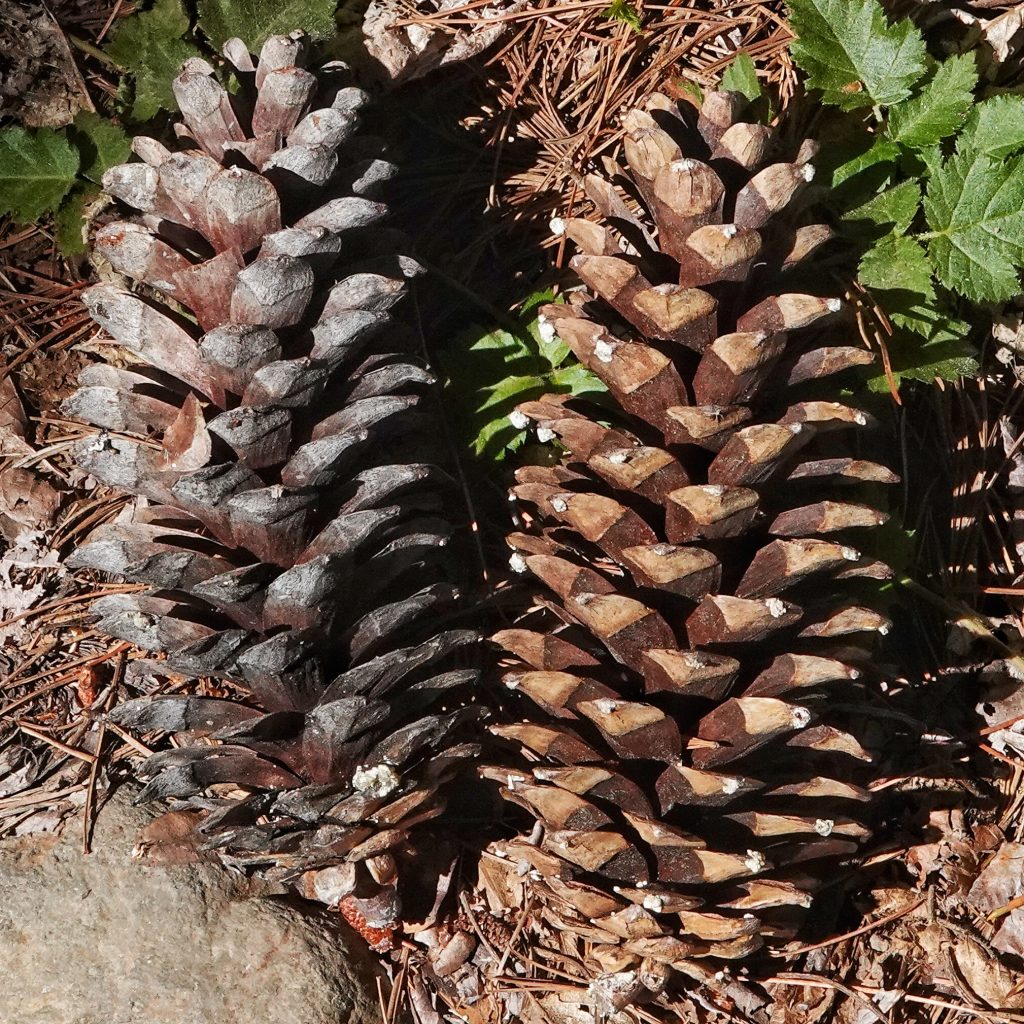
Habitat-Moist to mesic forests, mostly montane (up to 7,500’ elevation), though found in the lowlands around the Puget Sound.
Range-Western North America; primarily in montane areas in our region, though mostly absent from the Coast range, and relatively common down to sea level around the Puget Sound.
Reproductive timing-Pollen dispersal June-July, cones mature the following August-September
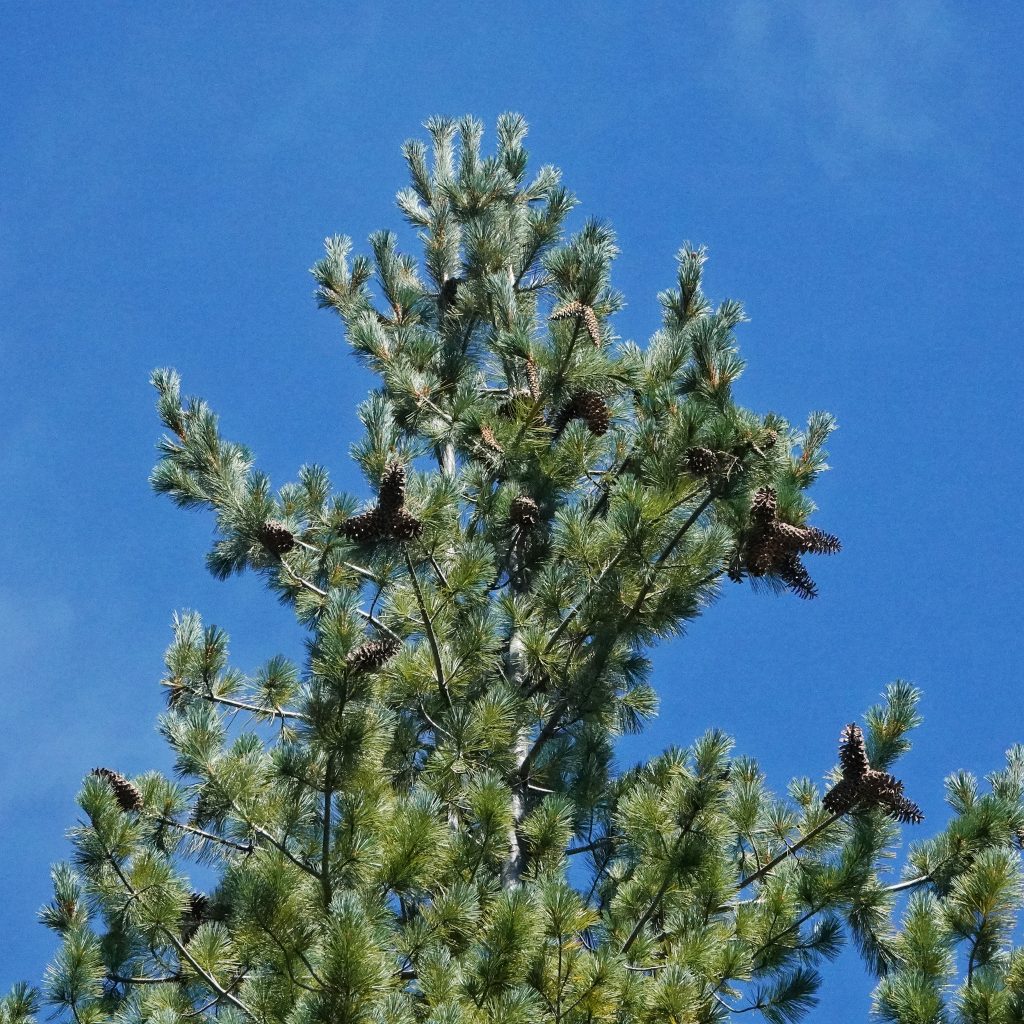
Eaten by– Utilized as a larval host by the Pine White and Western Pine Elfin butterflies, the leaf mining moths Ocnerostoma piniariella, Choristoneura occidentalis, and as a general larval host by the moths Caripeta aequaliaria, Cladara limitaria, Ectropis crepuscularia, Enypia griseata, E. packardata, E. venata, Erannis tiliaria, Eupithecia annulata, E. harrisonata,E. longipalpata, E. ornata, Gabriola dyari, Hydriomena speciosata, Lambdina fiscellaria, Macaria adonis, M. exauspicata, M. signaria, Neoalcis californiaria, Nepytia phantasmaria, N. umbrosaria, Melanolophia imitata, Pero behrensaria, Sabulodes edwardsata, Stenoporpia pulmonaria, Thallophaga hyperborea, Malacosoma californica, Dasychira grisefacta, Papestra cristifera, Syngrapha celsa, S. alias, Synanthedon novaroensis, Choristoneura fumiferana, Eucopina bobana, and E. recissorian; I can’t seem to find leaf beetles that feed on this tree, which is odd considering there are over a dozen that are known to utilize the closely related Eastern White Pine (P. strobus); Clark’s Nutcracker, crossbills, grosbeaks, jays, nuthatches, chickadees, and woodpeckers eat the seeds, as do chipmunks and squirrels; foliage is eaten by grouse and deer; porcupines and small rodents eat the bark and wood; the fungal disease White Pine Blister Rust (Cronartium ribicola), has decimated extensive stands of this and other white pines.
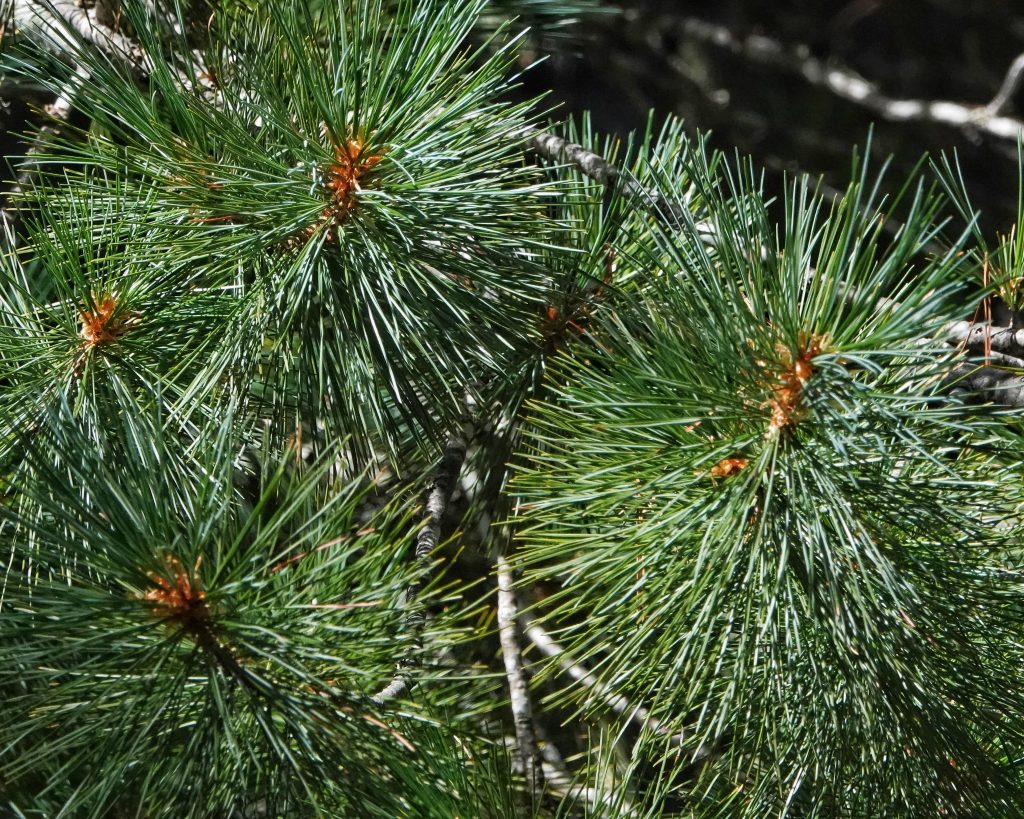
Etymology of names–Pinus is from the Latin word for pines. The specific epithet monticola is from the Latin words for ‘mountain dweller’, which is mostly appropriate, although around the Puget Sound it grows down to sea level.
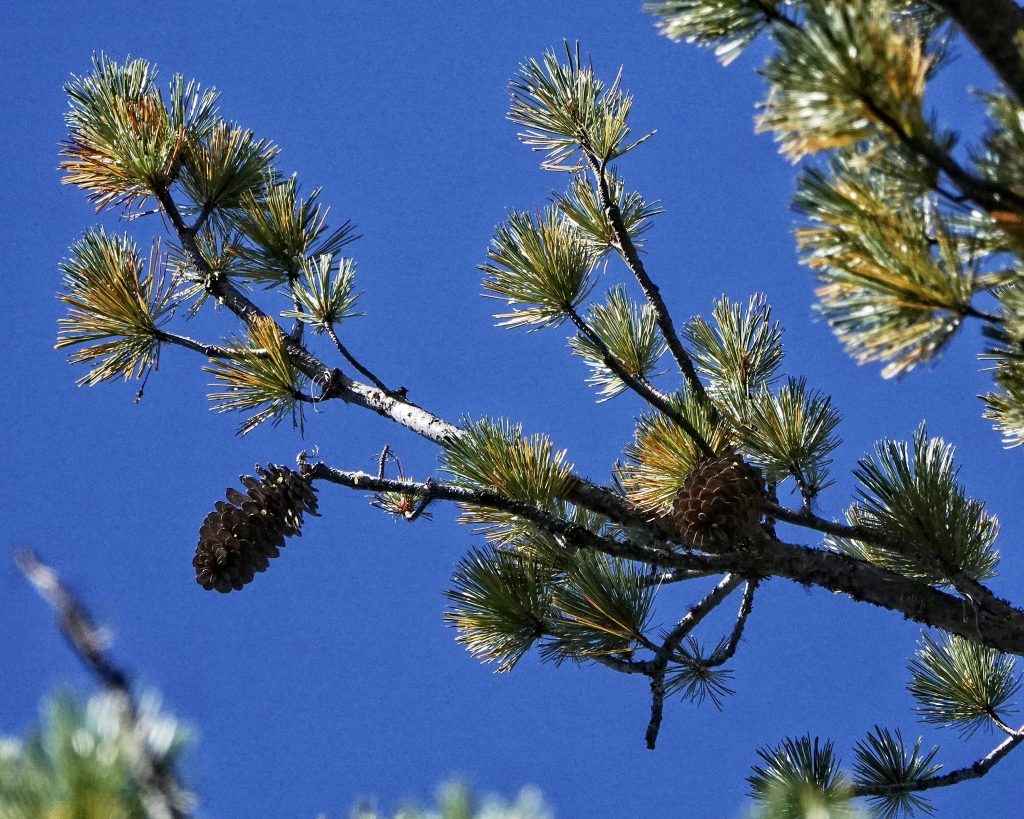
Pinus monticola (western white pine) description – The Gymnosperm Database
BRIT – Native American Ethnobotany Database
https://conifersociety.org/conifers/pinus-monticola
Burke Herbarium Image Collection
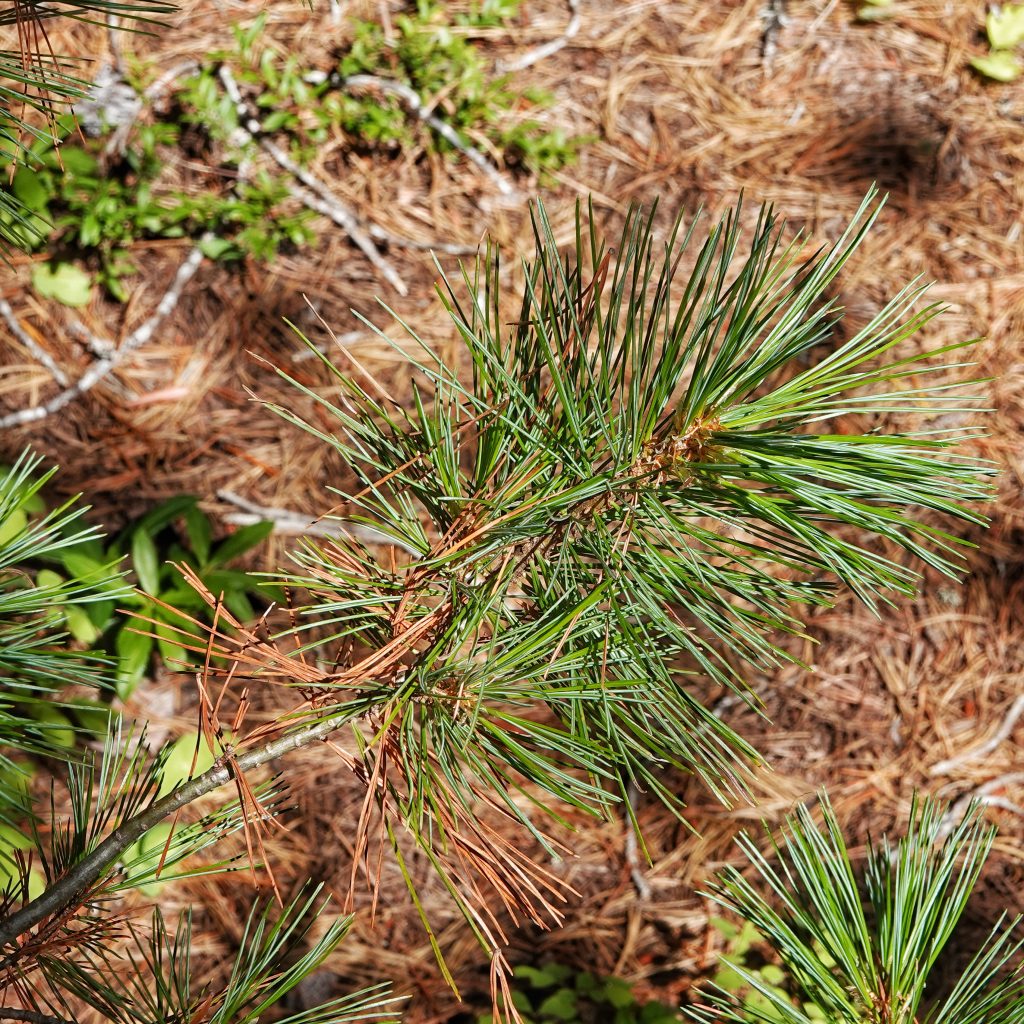
Great post. Just stumbled across your blog research conifers.
Another good source of info PNW plants is the Forest Service’s Fire Effects Information System. If the plant you want is in there, there’s lots of great info about ecology, life cycle, animal associations besides fire effects. Check it out:
https://feis-crs.org/feis/
You’re right, Kollibri! That is a great resource! Most of my later conifer profiles relied heavily on that information, and had links to the site. Thanks for your kind words!